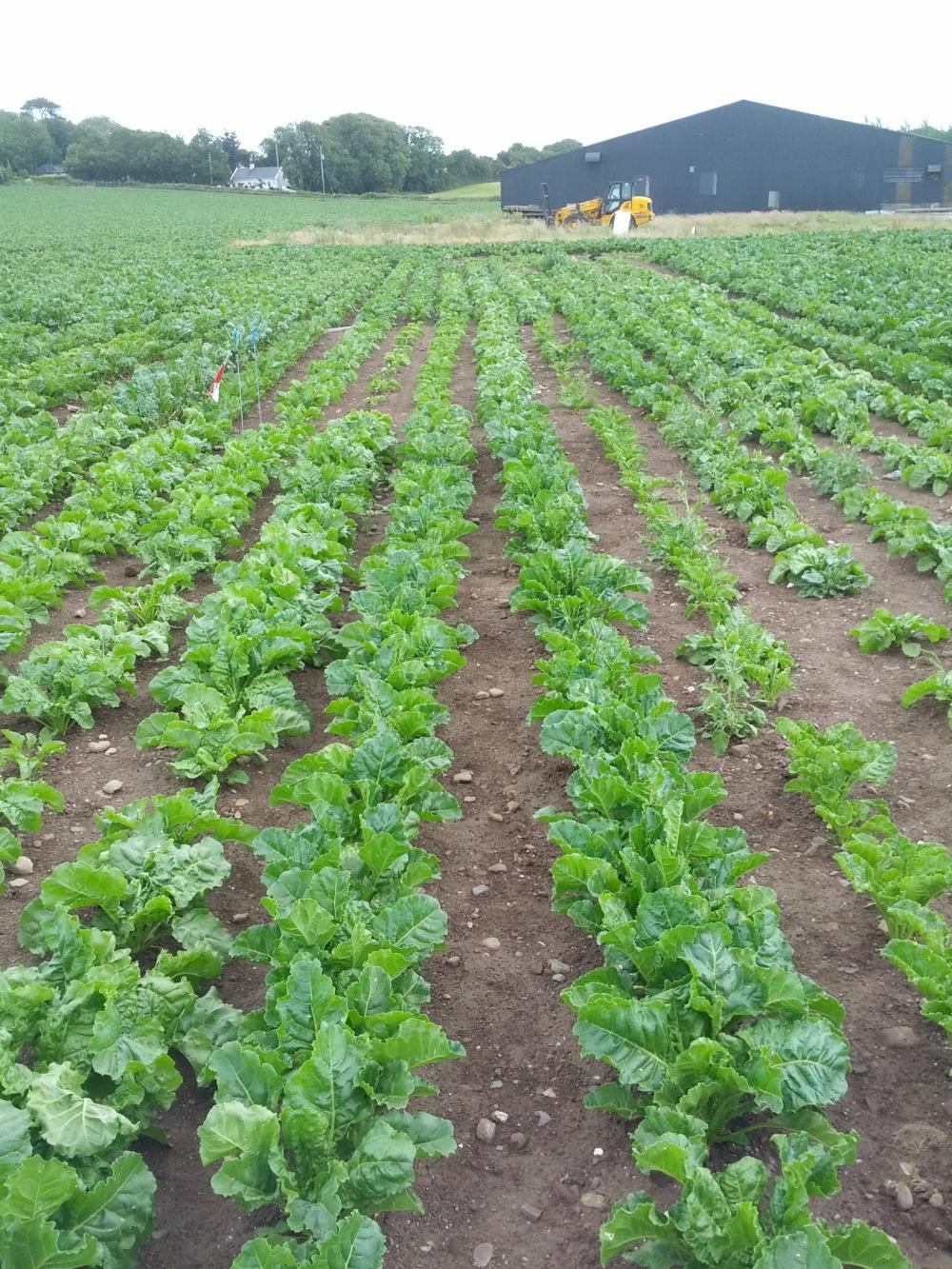
10 October, 2024

Brendan Hallahan
Posted: 27 June, 2018

Brendan Hallahan is an Irish Research Council Government of Ireland Postgraduate Scholar at the National University of Ireland, Galway. His blog highlights his research as part of our #LoveIrishResearch theme for June, ‘Plants and Botany’.
Only 13,000 years ago, humans began the transition from being hunter-gatherers to a more sedentary lifestyle. This gave rise to food production, i.e. farming, that spread all over the world. The transition to farming occurred independently across nine different regions of our planet. At all these locations, the world’s first farmers domesticated their favourite wild plants for food. We now call these domesticated wild plants ‘crops’. My PhD research investigates an issue that has intrigued farmers for millennia (and more recently, plant breeders) – how can we breed for bigger, better crops? I am currently researching two approaches for achieving this: one is heterosis, the other is polyploidy.
Heterosis, also known as hybrid vigour, is an important phenomenon exploited in plant breeding. It occurs when different parents of the same species are interbred, and the offspring (called the F1 hybrid) display enhanced characteristics, such as faster growth rate or greater yield. The molecular mechanisms behind heterosis are not fully understood, despite its use in crop improvement programmes since the early 1900s.
A second phenomenon plant breeders exploit is polyploidy, that is, when an organism possesses more than two sets of chromosomes. Humans, for example, are diploid organisms, meaning that we possess only two sets of chromosomes: we inherit one chromosome copy from our mother and one from our father. Polyploidy is common in plants, as the number of chromosome sets can increase substantially beyond the more typical two. Many of our most valuable crops are polyploid, for example the cultivated banana has three sets of chromosomes (triploid), peanut has four (tetraploid), bread wheat has six (hexaploid), and strawberry has eight (octaploid).
I have integrated the topics of heterosis and polyploidy throughout my structured PhD work at the Plant & Agribioscience Research Centre (PABC) in the Ryan Institute at NUI Galway. My largest-scale project to date involved the sugar beet crop, in collaboration with international plant breeding company KWS (pictured above). Beside sugar cane, a tropical crop, the only other major source of sugar is sugar beet. The sugar beet crop has potential as a biofuel crop and as a source of valuable chemical compounds for the green chemicals and bio-based products industries.
I have investigated the heterosis phenomenon across different types of polyploid sugar beet. This large-scale experiment in Ireland involved growing plants both in the field and under controlled conditions in a plant growth chamber, analysis of seed tissue, analysis of root chemical composition, and precise DNA sequencing analysis. My research work was recently accepted for publication in the international scientific journal BMC Plant Biology. My research lab and I are extremely proud of it and we hope our findings will benefit future hybrid breeding programs.
The earliest farmers would likely be in awe of our high yielding crop varieties and large-scale, mechanised farms. Yet today, approximately 800 million people globally still do not have enough to eat. As the world population is projected to peak at around 10 billion by the year 2050, with most of this taking place in the developing world, the key challenge we face as a species is to produce more crop yields with less resources (including land). In addition, climate change will bring erratic temperature and rainfall patterns which will further stretch our ability to feed the planet. My research on crop improvement is just one piece of the broader inter-disciplinary puzzle as we seek to feed more people in a more sustainable manner.
Disclaimer: The opinions expressed in our guest blogs are the author’s own, and do not reflect the opinions of the Irish Research Council or any employee thereof.